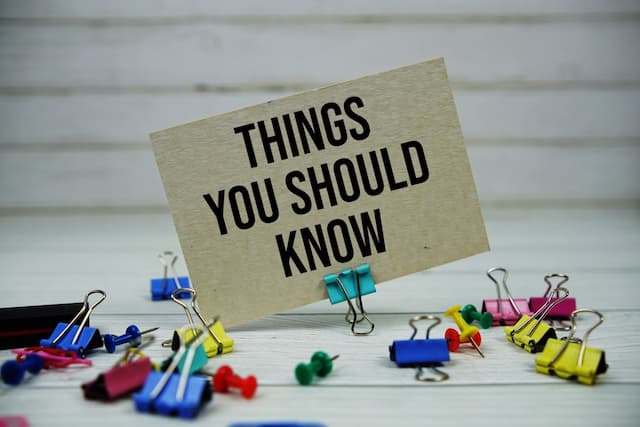Writing the Memoir Cinematically: Part 1
In the midst of wrestling with backstory in my memoir, God, the Devil, and Divorce, I realized my approach is cinematic. No doubt you've seen movies that begin just before or at the very moment the world changes for the protagonist. That scene fades out and we're shown the events that brought the antagonist |








